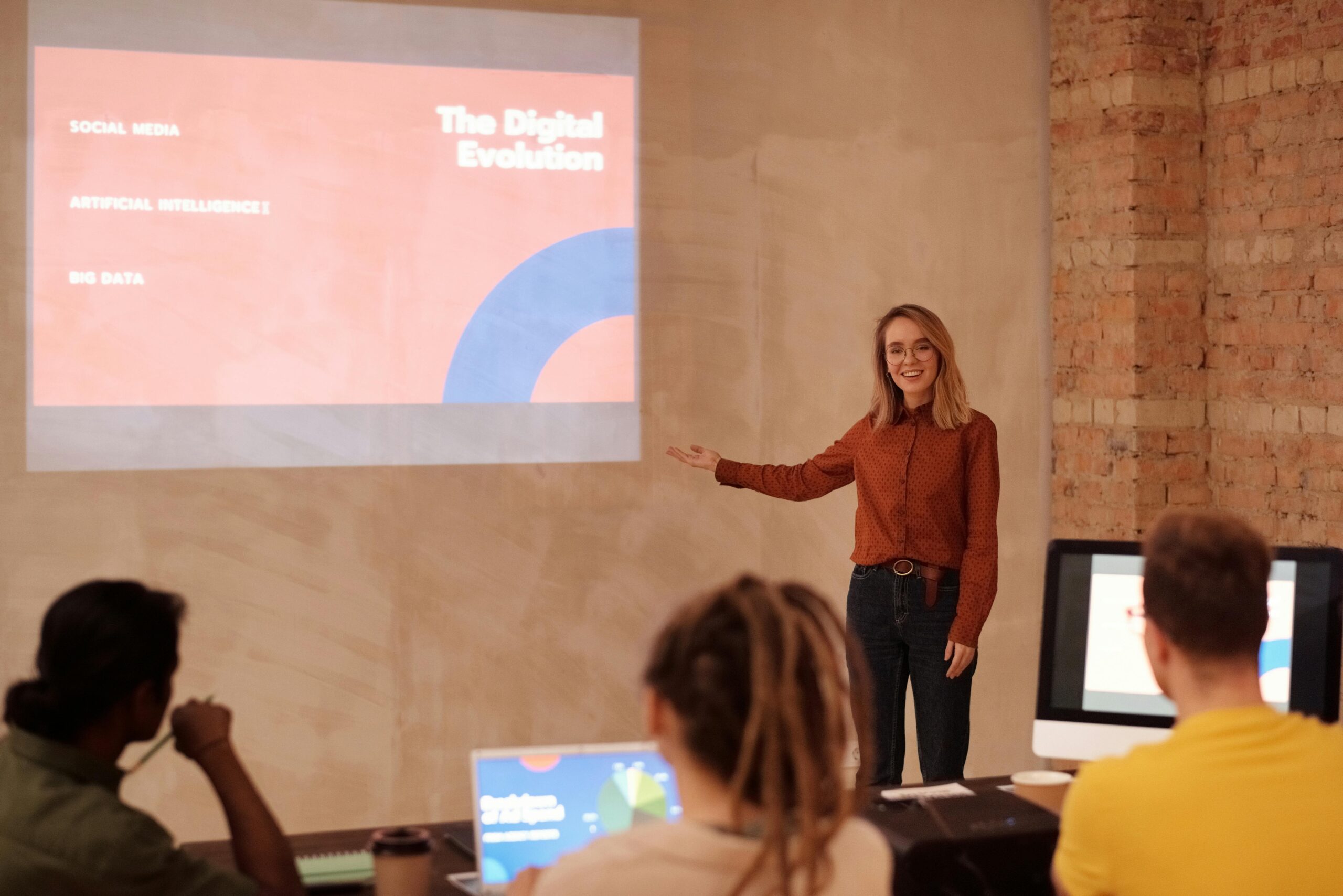In today’s interconnected world, creative professionals face the essential challenge of designing across cultures while respecting diverse perspectives and values that shape human experience.
🌍 The Foundation of Culturally Sensitive Design
Cultural sensitivity in design extends far beyond superficial aesthetics or token representation. It demands a fundamental shift in how creative professionals approach their work, requiring deep understanding of the communities they serve. When designers fail to consider cultural context, they risk creating products, campaigns, or experiences that alienate, offend, or simply fail to resonate with their intended audiences.
The creative process traditionally centered on the designer’s perspective, but contemporary practice recognizes that authentic design emerges from collaboration and consultation with diverse communities. This approach transforms design from a one-way communication into a dialogue that honors different worldviews, traditions, and lived experiences.
Cultural sensitivity isn’t about walking on eggshells or avoiding creative risks. Rather, it’s about making informed decisions that demonstrate respect while still pushing boundaries and creating innovative solutions. It requires designers to examine their own biases, expand their knowledge base, and build genuine relationships with communities different from their own.
Understanding the Layers of Cultural Context
Culture operates on multiple interconnected levels that designers must navigate simultaneously. The most visible layer includes symbols, colors, patterns, and imagery that carry specific meanings within different communities. However, beneath this surface lie deeper structures of values, beliefs, communication styles, and social norms that profoundly influence how design is perceived and experienced.
Religious and spiritual traditions shape everything from color preferences to acceptable imagery and symbolic representations. What appears neutral or positive in one context may carry negative connotations in another. For instance, white symbolizes purity and celebration in Western contexts but represents mourning in many Asian cultures. These differences aren’t arbitrary preferences but reflect deep-rooted cultural meanings that designers cannot ignore.
Language considerations extend beyond translation accuracy to encompass tone, formality levels, reading direction, and linguistic structures. Even when targeting English-speaking audiences, designers must recognize variations between British, American, Australian, and other English-speaking cultures. Typography choices, text density, and information hierarchy all require cultural calibration.
Power Dynamics and Representation
Every design decision reflects and reinforces power relationships within society. Designers working across cultures must critically examine who holds authority in the creative process, whose voices are centered, and who benefits from the final product. Tokenistic inclusion—adding superficial diversity without meaningful engagement—often causes more harm than complete absence of representation.
Authentic representation requires involving community members throughout the entire design process, not just as subjects or end-users. This means compensating cultural consultants fairly, crediting community contributions, and ensuring that diverse team members have decision-making authority rather than serving merely as validators for predetermined concepts.
🎨 Research Methods for Cross-Cultural Design
Effective cultural research combines multiple methodologies to build comprehensive understanding. Ethnographic observation allows designers to witness how people actually interact with products and spaces in their natural contexts, revealing insights that structured interviews might miss. This immersive approach helps designers identify unstated needs and cultural patterns that community members themselves might not explicitly articulate.
Participatory design workshops invite community members to co-create solutions, transforming them from research subjects into active collaborators. These sessions generate ideas grounded in lived experience while building relationships that extend beyond individual projects. The process itself becomes as valuable as the outputs, creating mutual learning opportunities and establishing trust.
Cultural immersion, when approached respectfully and with genuine curiosity, provides designers with embodied understanding impossible to achieve through desk research alone. However, short-term cultural experiences require humility—spending a few weeks in a community doesn’t make anyone an expert. The goal is to develop enough familiarity to ask better questions and recognize one’s limitations.
Leveraging Cultural Expertise
No individual designer can possess deep knowledge of every culture. Building relationships with cultural advisors, community organizations, and diverse team members becomes essential infrastructure for responsible practice. These partnerships work best when established before specific project needs arise, allowing time to develop mutual understanding and trust.
Cultural consultants should be engaged early in the creative process when their input can meaningfully shape direction, not merely brought in late to check boxes or validate completed work. Fair compensation recognizes that cultural knowledge is professional expertise deserving the same respect as technical skills.
Navigating Common Cultural Design Challenges
Color carries vastly different meanings across cultures, creating both opportunities and pitfalls for designers. Red signals prosperity and celebration in Chinese culture but represents danger or prohibition in Western contexts. Green holds sacred significance in Islamic cultures while symbolizing environmental consciousness globally. Designers must research color associations specific to their target audiences rather than assuming universal meanings.
Imagery and symbolism require similar careful consideration. Hand gestures, animal representations, religious symbols, and even numerical associations vary dramatically across cultures. The thumbs-up gesture, considered positive in many Western countries, is offensive in parts of the Middle East. Owls represent wisdom in Western traditions but signal death in some African and Asian cultures.
Personal space, privacy expectations, and social hierarchy influence everything from user interface design to physical environments. Cultures with high power distance expect more formal hierarchies and status indicators, while egalitarian cultures favor flatter structures and informal communication. These values should inform information architecture, navigation patterns, and visual hierarchy.
Gender and Identity Considerations
Gender norms and expressions vary tremendously across cultures and are rapidly evolving worldwide. Designers must avoid imposing Western frameworks of gender identity onto cultures with different conceptualizations while also recognizing progressive movements within traditional societies. This balance requires ongoing dialogue with diverse community members rather than making assumptions based on stereotypes.
Form design, avatar options, pronoun usage, and imagery all communicate values around gender and identity. Creating inclusive experiences means providing flexibility and avoiding unnecessary gender requirements while respecting cultural contexts where gender roles remain more traditional.
🤝 Building Diverse Creative Teams
The most sustainable approach to culturally sensitive design involves building genuinely diverse teams where multiple perspectives shape work from inception. However, diversity alone doesn’t guarantee culturally sensitive outcomes—organizational culture must actively value different viewpoints and create space for diverse voices to influence decisions.
Psychological safety enables team members from marginalized backgrounds to share authentic perspectives without fear of dismissal or tokenization. This requires leadership commitment to examining power dynamics, addressing microaggressions, and ensuring equitable participation in creative decisions. Diverse hiring represents just the starting point; inclusive culture determines whether those team members can contribute fully.
Regular training on cultural competency, unconscious bias, and inclusive design practices helps entire teams develop shared language and awareness. These sessions work best when they emphasize practical application rather than abstract concepts, focusing on real scenarios teams might encounter in their work.
Creating Accountability Structures
Cultural sensitivity requires systematic approaches rather than relying on individual awareness. Design reviews specifically examining cultural implications should occur at multiple project stages. Checklists can prompt teams to consider dimensions they might otherwise overlook, though they should supplement rather than replace deeper engagement.
Feedback mechanisms allowing community members and users to raise concerns about cultural insensitivity create opportunities for learning and improvement. Responding to this feedback with openness rather than defensiveness demonstrates genuine commitment to respectful practice.
Testing and Validation Across Cultures
Usability testing must include participants from target cultural communities, examining not just functional performance but emotional resonance and cultural appropriateness. Testing protocols themselves may require cultural adaptation—some communities prefer group discussions while others favor individual interviews; some respond to direct questions while others communicate more indirectly.
Beta launches in specific cultural markets before broader rollouts allow designers to identify issues with real-world use while limiting potential harm. This staged approach demonstrates respect for communities by treating them as partners rather than just testing grounds for products primarily designed for other audiences.
Feedback interpretation requires cultural awareness too. Silence or polite agreement doesn’t necessarily indicate approval—some cultures emphasize harmony and indirect communication, requiring designers to read between lines and create multiple feedback channels.
⚖️ Balancing Authenticity and Accessibility
Designers often face tension between cultural specificity and broad accessibility. Designs that deeply resonate with particular communities may feel foreign or exclusionary to others. This challenge lacks simple solutions but benefits from intentional decision-making about primary audiences and acceptable tradeoffs.
Context-specific design allows tailoring experiences to particular cultural groups without forcing one-size-fits-all approaches. Digital platforms can offer localized versions that adapt to cultural preferences, while physical products might come in culturally-specific variants. This approach requires additional resources but demonstrates genuine commitment to serving diverse communities.
Universal design principles—emphasizing clarity, flexibility, and intuitive function—create foundations that cultural customization can build upon. Starting with accessible, straightforward designs allows cultural adaptation without compromising core usability.
Learning from Mistakes
Even well-intentioned designers make cultural missteps. The response matters more than perfect execution—acknowledging errors, listening to affected communities, and making concrete changes demonstrates authentic commitment. Defensive reactions or dismissing concerns as oversensitivity inflicts additional harm and erodes trust.
Documenting lessons learned and sharing them within professional communities helps others avoid similar mistakes while contributing to collective knowledge. This openness about imperfection creates cultures where learning is valued over appearing infallible.
The Business Case for Cultural Sensitivity
Beyond ethical imperatives, culturally sensitive design makes business sense. Products and campaigns that resonate culturally achieve better market penetration and customer loyalty. Conversely, cultural missteps can generate costly backlash, damaged reputation, and market rejection.
Global brands increasingly recognize that culturally attuned localization outperforms simple translation. Companies investing in cultural research and diverse teams gain competitive advantages in international markets while building stronger domestic connections with diverse communities.
Early investment in cultural sensitivity proves more cost-effective than addressing problems after launch. Redesigning campaigns, recalling products, or managing public relations crises resulting from cultural insensitivity far exceeds the cost of doing things right initially.

🌟 Moving Forward with Cultural Humility
Culturally sensitive design isn’t a checklist to complete but an ongoing practice requiring continuous learning, humility, and relationship-building. Designers must approach cross-cultural work with curiosity rather than certainty, recognizing that cultural knowledge is always partial and evolving.
Professional development should include expanding cultural knowledge through reading, travel, language learning, and relationship-building with diverse communities. These investments benefit individual projects while developing broader cultural competency that enriches all creative work.
The creative industries have enormous power to shape how cultures are represented, which voices are amplified, and whose experiences are validated. Wielding this power responsibly requires intentionality, resources, and commitment extending beyond individual projects to transform professional practice itself.
Designing with diversity isn’t about limiting creativity or avoiding offense—it’s about expanding creative possibilities by engaging with the full richness of human experience. When designers approach cultural sensitivity as an opportunity rather than a constraint, they create work that resonates more deeply, reaches more people, and contributes to a more inclusive world. The journey requires effort, resources, and ongoing dedication, but the result is design that truly serves diverse communities while pushing creative boundaries in meaningful ways.
Toni Santos is a digital culture researcher and emotional technology writer exploring how artificial intelligence, empathy, and design shape the future of human connection. Through his studies on emotional computing, digital wellbeing, and affective design, Toni examines how machines can become mirrors that reflect — and refine — our emotional intelligence. Passionate about ethical technology and the psychology of connection, Toni focuses on how mindful design can nurture presence, compassion, and balance in the digital age. His work highlights how emotional awareness can coexist with innovation, guiding a future where human sensitivity defines progress. Blending cognitive science, human–computer interaction, and contemplative psychology, Toni writes about the emotional layers of digital life — helping readers understand how technology can feel, listen, and heal. His work is a tribute to: The emotional dimension of technological design The balance between innovation and human sensitivity The vision of AI as a partner in empathy and wellbeing Whether you are a designer, technologist, or conscious creator, Toni Santos invites you to explore the new frontier of emotional intelligence — where technology learns to care.




